


Choose Any Three-Day Period
Fee: $150
Choose Any Three-Day Period
Fee: $150
The Lectures
Although often overshadowed by DEI, gender dysphoria is an issue that will only gain in importance over the next years. Faced with conflicting advice from experts and, in some states, challenging legal restrictions as well, Waldorf teachers can feel paralyzed when faced with a student’s uncertainties and self-doubt.
Eugene Schwartz contends that the Waldorf curriculum and its principles of child development, although formulated a century ago, were ahead of their time. They can help provide what we need to meet today's problems, including gender dysphoria.
However, neither the Waldorf curriculum nor Steiner's developmental overview can solve any problem by themselves. They call upon us as Waldorf educators to deepen our relationship to all that Waldorf methodology and its progenitor Anthroposophy can give. It is our hope that these three lectures and three student work slideshows, which draw upon some of Rudolf Steiner's most essential research, will inspire teachers, parents, and caretakers to understand the interplay of gender and identity in the child's life.
This course also includes a link to Eugene Schwartz's review of Maia Kobabe's widely-banned book Gender Queer. Indeed, the online journal Das Goetheanum would not even publish Eugene's article! The unedited version of the review will be available to all course participants.
If you are one of the thousands of teachers who has participated in any of Eugene Schwartz's Online Conferences or courses, you already know the combination of insight and practicality, as well as the depth and breadth that he brings to every aspect of Waldorf education. Learn more about Eugene Schwartz.
The Lectures
Although often overshadowed by DEI, gender dysphoria is an issue that will only gain in importance over the next years. Faced with conflicting advice from experts and, in some states, challenging legal restrictions as well, Waldorf teachers can feel paralyzed when faced with a student’s uncertainties and self-doubt.
Eugene Schwartz contends that the Waldorf curriculum and its principles of child development, although formulated a century ago, were ahead of their time. They can help provide what we need to meet today's problems, including gender dysphoria.
However, neither the Waldorf curriculum nor Steiner's developmental overview can solve any problem by themselves. They call upon us as Waldorf educators to deepen our relationship to all that Waldorf methodology and its progenitor Anthroposophy can give. It is our hope that these three lectures and three student work slideshows, which draw upon some of Rudolf Steiner's most essential research, will inspire teachers, parents, and caretakers to understand the interplay of gender and identity in the child's life.
This course also includes a link to Eugene Schwartz's review of Maia Kobabe's widely-banned book Gender Queer. Indeed, the online journal Das Goetheanum would not publish Eugene's review! The unedited version of the review will be available to all course participants.
If you are one of the thousands of teachers who has participated in any of Eugene Schwartz's Online Conferences or courses, you already know the combination of insight and practicality, as well as the depth and breadth that he brings to every aspect of Waldorf education. Learn more about Eugene Schwartz.
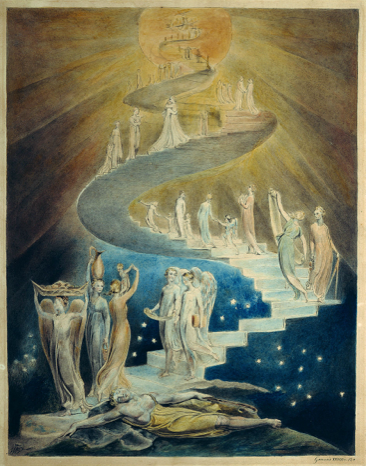
Lecture 1
Gender and Identity:
Reincarnation and Karma
[Running Time: 1 hr, 25 min]
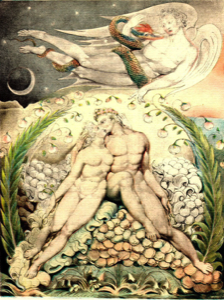
Lecture 2
Gender and Identity:
The Fourfold Human Being
[Running Time: 1 hr, 20 min]

Lecture 3
Gender and Identity:
The Task of the Teacher
[Running Time: 1 hr, 45 min]
The Slideshows
We urge the viewer to experience every one of these images — regardless of the subject, or the content of the drawing — as a child's self-portrait. As Eugene Schwartz remarks in his lectures, every image is a depiction of the child's experience of his or her progress as a being of soul and spirit who is incarnating into a physical body. This student work helps us to recognize just how slowly a healthy child incarnates. The deliberate and gentle descent into physicality supported by the Waldorf curriculum is a powerful and effective counterbalance to the confusion and dysphoria exacerbated by our tumultuous times.
The Slideshows
We urge the viewer to experience every one of these images — regardless of the subject, or the content of the drawing — as a child's self-portrait. As Eugene Schwartz remarks in his lectures, every image is a depiction of the child's experience of his or her progress as a being of soul and spirit who is incarnating into a physical body. This student work helps us to recognize just how slowly a healthy child incarnates. The deliberate and gentle descent into physicality supported by the Waldorf curriculum is a powerful and effective counterbalance to the confusion and dysphoria exacerbated by our tumultuous times.
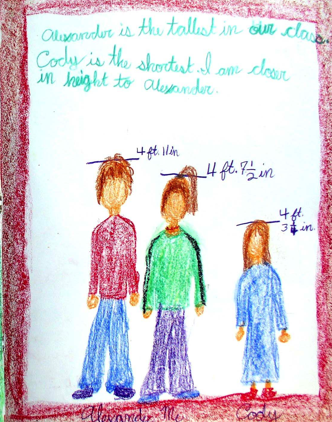
Slideshow 1
Children's Art Work
N/K to Grade 5
[Running Time: 34 min]
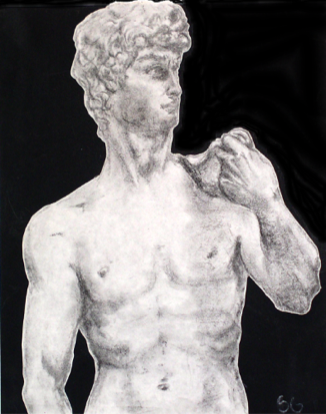
Slideshow 2
Children's Art Work
Grades 6 and 7
[Running Time: 31 min]
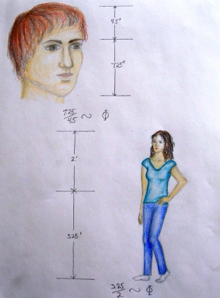
Slideshow 3
Children's Art Work
Grades 7 and 8
[Running Time: 23 min]
Gender and Identity is one of the Catalyst Courses.
In addition to creating the WaldorfOnline Courses for Grades One through Eight, during the past decade Eugene Schwartz has also created many streaming online courses. With the same breadth and depth that the WaldorfOnline Courses approach the Waldorf curriculum, Eugene's courses explore the challenges, trials, and triumphs that individual teachers and the Waldorf movement face in the twenty-first century.
In the past, each courses was available only once a year. By popular demand, we are now making all of the courses accessible in two ways. Each course will be featured once a year at the reduced fee of $100. And each course will be available for streaming all year long on our new Catalyst Courses web page. For those who wish to choose their own dates for course participation, the fee will be $150.
New courses will be offered in the 2024-25 school year. To view all our presentations, visit The Catalyst Courses web site at: iwaldorf.net/catalyst.html
